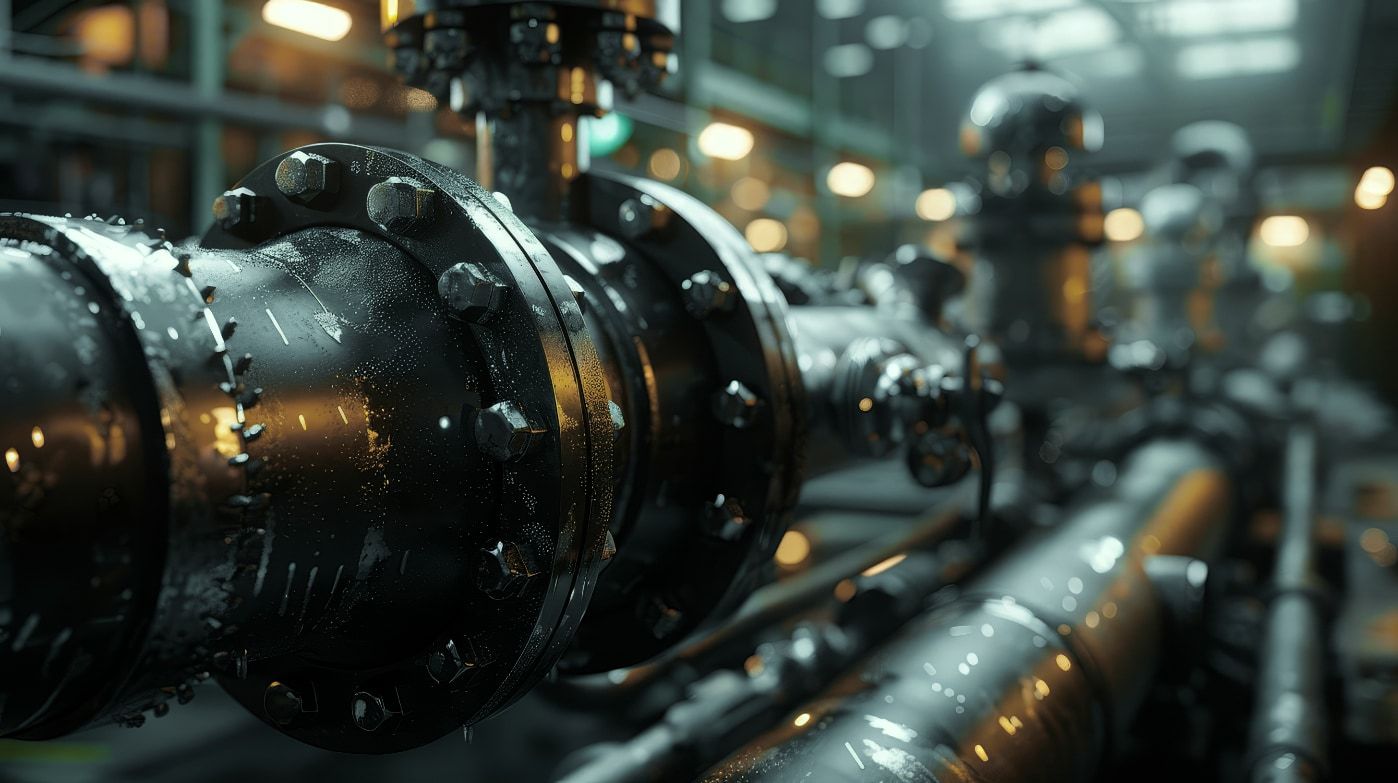-
CAS108-88-3
-
Structural formula
C₇H₈
Remove toluene from the exhaust air
What is toluene?
Toluene, also known as methylbenzene, is a colourless liquid with a characteristic sweet odour. It belongs to the group of aromatic hydrocarbons and is mainly used as a solvent and starting material in the chemical industry. Toluene plays an important role in the production of paints, varnishes, adhesives and plastics. It is also used in the petrol industry as an additive to increase the octane rating.
How it is produced
Toluene is mainly obtained through the distillation of crude oil in refineries. It is produced as a by-product in the manufacture of petrol and other petrochemical products. In the chemical industry, toluene is often used as a solvent and starting material for the synthesis of other chemicals.
Recognition
Toluene is a colourless to slightly yellowish liquid with a strong, sweet odour that is strongly reminiscent of benzene. The odour is perceptible even at low concentrations. Toluene evaporates quickly into the air and can therefore be inhaled. Acute exposure can lead to headaches, dizziness, drowsiness and, at higher concentrations, loss of consciousness. Prolonged exposure can lead to liver damage and neurological impairment.
Limit values
In Germany, the limit values for toluene are regulated by the Technical Instructions on Air Quality Control (TA-Luft) and the occupational exposure limit values (OELs). The OEL for toluene is 50 ppm (parts per million) or 190 mg/m³. These limit values are intended to ensure that the concentrations in the workplace do not cause any damage to health.
Hazards
Health: Toluene can cause skin and eye irritation. Inhalation of vapours may cause respiratory irritation, headaches, dizziness and nausea. Prolonged exposure may cause nerve damage and liver and kidney damage. Environment: Toluene is harmful to aquatic organisms and can disturb the ecological balance if released. It is not easily biodegradable and can contaminate soil and water. Economic damage: Toluene is highly flammable and can lead to fires and explosions if handled improperly, which can cause considerable damage to property.
The oxytec Purification Technology
For many organic pollutants, we offer energy-saving and clean technologies for neutralisation, which we combine in multi-stage plants. In order to achieve a reduction below the limit values, not only the dimensioning of the respective purification stage but also the sequence of the technologies is decisive, as they have different physical effects on the molecules. Below we present some of our purification modules.
CWA
Alternative technologies
In addition to our solutions, there are other technologies such as conventional activated carbon filters and simple ventilation systems. However, these often have disadvantages such as high energy consumption, limited cleaning performance, large space requirements, long lead times and high investment costs.
Advantages of the oxytec solution
- Compact design: Small footprint compared to traditional systems
- Low operating costs, therefore fast amortisation
- Environmentally friendly: Minimum environmental impact thanks to innovative technologies
- Efficient toluene reduction: High efficiency thanks to high cleaning levels with minimum energy consumption
